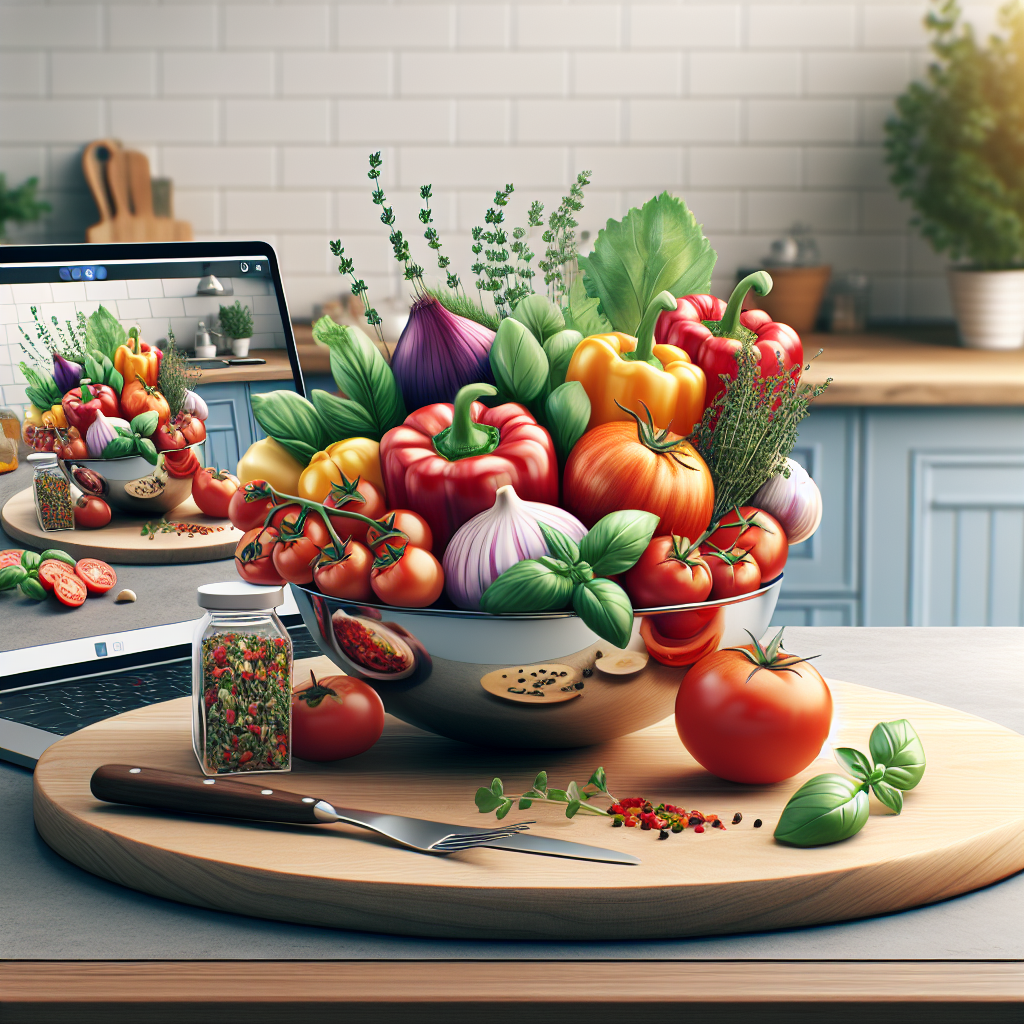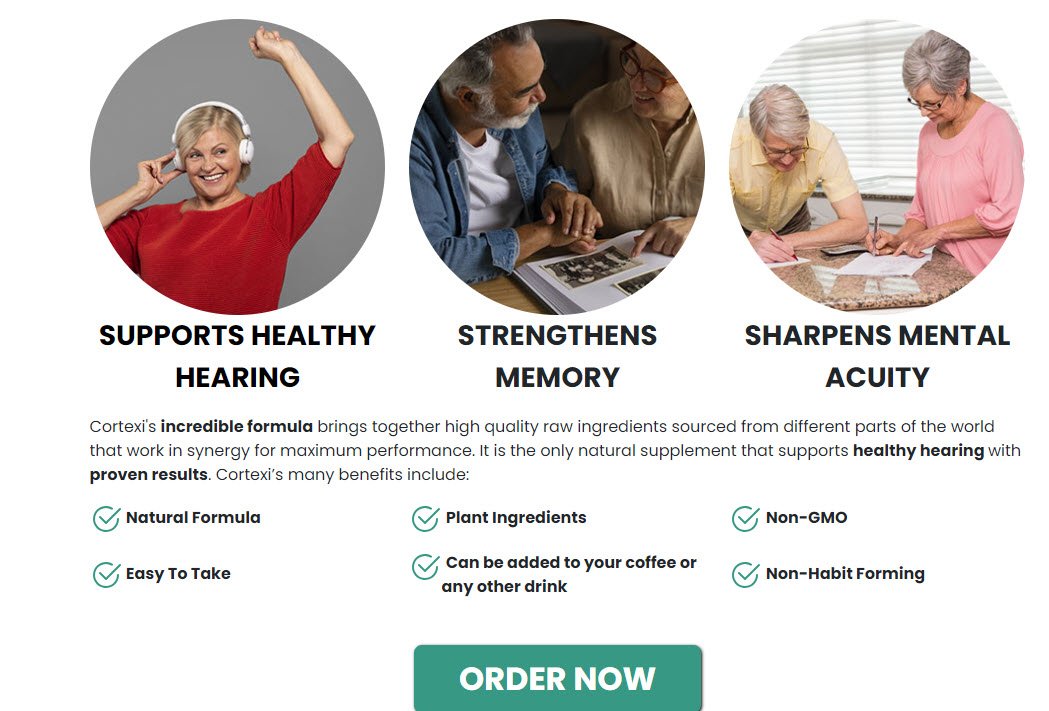Are you passionate about cooking and looking to turn your culinary skills into a profitable online business? Look no further! In this article, we will guide you through the step-by-step process of building and maintaining a successful online cooking class business. From choosing your niche and creating engaging content to marketing strategies and customer retention, we have all the tips and tricks you need to thrive in the digital cooking world. Get ready to share your love for food with aspiring chefs from around the globe and make a name for yourself in the online culinary community!
- Identify Your Target Audience
- Create a Unique Selling Proposition
- Develop a Business Plan
- Design Your Online Cooking Classes
- Invest in High-Quality Equipment and Technology
- Create Engaging and Interactive Lessons
- Set Up a Professional Website and Online Platform
- Market Your Online Cooking Classes
- Offer Flexible Pricing Options and Packages
- Provide Excellent Customer Service
Identify Your Target Audience
When starting an online cooking class business, it’s crucial to identify your target audience. By understanding who your ideal students are, you can tailor your classes and marketing strategies to meet their needs and preferences.
Research your target market
Before launching your classes, conduct thorough market research to gain insights into the current online cooking class market. Look into what other cooking instructors are offering and identify gaps or opportunities that you can capitalize on. Pay attention to trends, popular cuisines, and emerging techniques that may interest your target audience.
Identify their needs and preferences
To attract students to your online cooking classes, it’s important to determine their needs and preferences. Consider the specific skills or techniques they want to learn, as well as the type of cuisine they are most interested in. By identifying these preferences, you can develop classes that cater to their specific interests and set yourself apart from competitors.
Determine the demographics and psychographics of your target audience
Understanding the demographics and psychographics of your target audience will help you tailor your marketing messages and attract the right students. Consider factors such as age, gender, location, income level, and lifestyle. Additionally, delve into their psychographic characteristics, such as their interests, values, and motivations. This information will inform your marketing efforts and ensure that your online cooking classes resonate with your target audience.
Create a Unique Selling Proposition
To stand out from competitors in the crowded online cooking class market, you need to develop a unique selling proposition (USP). Your USP should clearly communicate the value and benefits of choosing your cooking classes over others.
Differentiate your cooking class business from competitors
Analyzing your competitors can help you determine what makes your cooking class business unique. Identify what sets you apart, whether it’s your teaching style, your expertise in a specific cuisine, or your innovative teaching methods. Highlight these differentiating factors in your marketing materials to attract students who resonate with your approach.
Highlight the benefits of your online classes
When marketing your online cooking classes, emphasize the benefits students will gain from enrolling in your courses. Whether it’s learning valuable skills, gaining confidence in the kitchen, or exploring new culinary experiences, make it clear why your classes are valuable and worth investing in. Paint a picture of the positive impact that your classes can have on their cooking journey.
Identify a niche or specialization to focus on
Identifying a niche or specialization can help you attract a specific group of enthusiasts who are passionate about a particular cuisine or style of cooking. By positioning yourself as an expert in a niche area, you can target a smaller but highly engaged audience. This can also help differentiate your online cooking classes from a more generic cooking instruction.

Develop a Business Plan
Before diving into launching your online cooking class business, take the time to develop a comprehensive business plan. This will serve as your roadmap and help you clarify your objectives, goals, and financial aspects.
Define your business objectives and goals
First and foremost, define your business objectives and goals. What do you hope to achieve with your online cooking class business? Whether it’s to reach a specific number of students, generate a certain level of revenue, or establish yourself as a leading expert, having clear objectives will guide your decisions and actions.
Identify the financial aspects and revenue streams
Understanding the financial aspects of your online cooking class business is crucial for long-term sustainability. Consider the costs associated with launching and running your classes, such as equipment, software, marketing, and overhead expenses. Explore potential revenue streams, such as class fees, product sales, or sponsorship opportunities, to ensure a profitable business model.
Create a marketing and promotion strategy
A well-defined marketing and promotion strategy is essential for attracting students to your online cooking classes. Identify the most effective marketing channels to reach your target audience, such as social media, email marketing, or collaborations. Craft compelling messaging and visuals that showcase the unique benefits of your classes. Consider offering introductory discounts or partnering with influencers or bloggers in the food industry to expand your reach.
Design Your Online Cooking Classes
The design of your online cooking classes is crucial in creating a valuable and engaging learning experience for your students. Consider the format, structure, content, and teaching methods to ensure your classes are informative and enjoyable.
Decide on the format and structure of your classes
Determine whether your classes will be pre-recorded or conducted live. Pre-recorded classes offer flexibility for students to learn at their own pace, while live classes provide real-time interaction and feedback. Consider a hybrid model that combines both formats to cater to different learning preferences. Define the structure of your classes, including the duration, number of sessions, and any additional resources or materials.
Plan the content and curriculum
Create a well-structured and comprehensive curriculum that covers different skill levels and topics. Consider the progression of lessons, from basic techniques to more advanced recipes. Break down each class into manageable segments, allowing students to grasp concepts and practice hands-on cooking. Include a variety of recipes and cuisines to cater to diverse tastes and preferences. Provide detailed instructions, tips, and troubleshooting advice to ensure students can replicate the recipes successfully.
Choose the appropriate teaching methods and tools
Utilize a variety of teaching methods and tools to engage your students. Incorporate videos to demonstrate techniques, use images to showcase finished dishes, and provide written materials, such as recipes and cooking tips. Consider interactive activities and quizzes to reinforce learning and provide opportunities for students to test their knowledge. Explore teaching platforms or software specifically designed for online classes that offer features like live chat, virtual whiteboards, and breakout rooms for group discussions.

Invest in High-Quality Equipment and Technology
To deliver a professional and seamless online cooking class experience, it’s important to invest in high-quality equipment and technology.
Purchase reliable and professional cooking equipment
Ensure you have reliable and high-quality cooking equipment to demonstrate techniques and prepare dishes during your online classes. Invest in essential kitchen tools, such as knives, pots, and pans, as well as specialized equipment that may be required for specific recipes. Test your equipment before launching your classes to ensure everything works smoothly.
Invest in high-speed internet and a good camera
A stable internet connection with high-speed capabilities is essential for conducting live classes and streaming videos without interruptions. Invest in a reliable internet service provider to minimize technical issues during your classes. Additionally, invest in a good camera or webcam to capture clear and high-definition video footage. A quality camera will enhance the visual aspect of your classes and allow students to see every detail clearly.
Consider using platforms or software specifically designed for online classes
Explore various teaching platforms or software specifically designed for online classes. These platforms often offer features that facilitate a smooth learning experience, such as screen sharing, live chat, breakout rooms for group work, and recording capabilities. Choose a platform that aligns with your teaching style and provides a user-friendly interface for both you and your students.
Create Engaging and Interactive Lessons
Keeping students engaged and motivated throughout your online cooking classes is crucial for a successful learning experience. Incorporate various elements and activities to make your lessons interactive and enjoyable.
Incorporate multimedia elements like videos and images
Integrate multimedia elements, such as videos and images, into your online cooking classes to enhance the learning experience. Show step-by-step demonstrations of techniques through videos, allowing students to visually grasp the process. Showcase images of finished dishes to inspire and motivate students. Multimedia elements add an extra layer of engagement and make the classes more visually appealing.
Include interactive activities and quizzes
Include interactive activities and quizzes throughout your classes to encourage active participation and assess students’ understanding. Incorporate hands-on cooking exercises where students can practice the techniques they’ve learned. Implement quizzes or knowledge checks to reinforce learning and allow students to assess their progress. Interactive activities make the classes more dynamic and create opportunities for students to apply what they’ve learned.
Encourage student participation through discussion boards or live chat
Facilitate student interaction and engagement by incorporating discussion boards or live chat features into your online cooking classes. Encourage students to ask questions, share their experiences, and provide feedback on assignments or recipes. Foster a sense of community and encourage students to support and learn from each other. Active student participation enhances the learning experience and creates a sense of belonging within your online cooking class community.

Set Up a Professional Website and Online Platform
Having a professional and user-friendly website is key to attracting students and showcasing the value of your online cooking classes.
Build a user-friendly and visually appealing website
Invest in creating a visually appealing and user-friendly website that reflects the quality of your classes. Opt for a clean and modern design that is easy to navigate. Clearly communicate your USP, class offerings, pricing, and any additional resources or perks. Include high-quality images, testimonials, and success stories from past students to build credibility. Ensure your website is responsive, meaning it can be accessed seamlessly on different devices, such as desktops, tablets, and mobile phones.
Choose an online platform to host your classes
Consider using an online platform specifically designed for hosting and managing online classes. These platforms often provide features such as class scheduling, student management, and payment processing. Choose a platform that aligns with your business needs and offers a seamless experience for both you and your students. Integrate the platform into your website to provide a cohesive and user-friendly experience.
Optimize your website for search engines
Implement search engine optimization (SEO) strategies to improve your website’s visibility on search engines like Google. Conduct keyword research to identify relevant keywords and phrases that potential students may use when searching for online cooking classes. Incorporate these keywords naturally throughout your website’s content, meta tags, headings, and URLs. Create informative and valuable content, such as blog articles or recipe tutorials, that establish your website as an authority in the online cooking class space.
Market Your Online Cooking Classes
Effective marketing is crucial to attract students to your online cooking classes. Utilize various channels and tactics to promote your classes and reach your target audience.
Utilize social media platforms for promotion
Leverage social media platforms to showcase your classes, interact with potential students, and build a community around your brand. Choose platforms that align with your target audience’s preferences, such as Instagram, Facebook, YouTube, or TikTok. Share enticing visuals, behind-the-scenes content, cooking tips, and recipes to engage your audience. Encourage students to share their cooking experiences using a branded hashtag, fostering a sense of community and word-of-mouth promotion.
Create compelling content to attract potential students
Produce valuable and engaging content that attracts potential students and positions you as an expert in the field. Consider creating blog articles, recipe tutorials, cooking videos, or even a podcast related to cooking. Offer valuable insights, tips, and recipes that showcase your expertise and provide a taste of what students can expect from your classes. Optimize your content for search engines to increase its visibility and reach.
Collaborate with influencers or bloggers in the food industry
Partnering with influencers or bloggers in the food industry can amplify your reach and credibility. Seek out influencers or bloggers whose audience aligns with your target market. Collaborate on sponsored content, guest blog posts, social media takeovers, or joint giveaways to tap into their audience and gain exposure. Co-create valuable content or work on a recipe collaboration that offers an authentic endorsement of your online cooking classes. Collaborations with influencers or bloggers can significantly increase your visibility and attract new students.
Offer Flexible Pricing Options and Packages
To cater to a wider range of students and increase enrollment, consider offering flexible pricing options and packages for your online cooking classes.
Provide different pricing tiers to cater to different budgets
Consider offering different pricing tiers to cater to students with varying budgets. Provide options for both individual classes and bundle packages that offer a discount when multiple classes are purchased. This allows students to choose the pricing option that fits their financial situation and increases the likelihood of converting potential students into paying customers.
Offer package deals or discounts for multiple classes or long-term subscriptions
Encourage students to commit to multiple classes or long-term subscriptions by offering package deals or discounts. This incentivizes students to enroll in more classes and provides them with a sense of value and commitment. Consider offering exclusive benefits for long-term subscribers, such as access to bonus materials, personalized feedback, or priority registration for upcoming classes.
Consider offering a free trial or introductory session
Attract potential students by offering a free trial or introductory session. This allows them to experience a sample of your teaching style, curriculum, and the overall online learning experience. Provide a taste of the benefits they will gain from your classes, leaving them wanting more. A free trial or introductory session can build trust, showcase the value of your classes, and potentially convert leads into paying students.
Provide Excellent Customer Service
Providing excellent customer service is crucial to maintaining a successful online cooking class business. Focus on responsiveness, support, and continuous improvement.
Respond promptly to inquiries and provide support
Be prompt in responding to student inquiries and provide exceptional support throughout their learning journey. Answer questions, address concerns, or provide clarification in a timely manner. Consider utilizing chatbots or automated email responses to ensure swift responses, especially during busy periods. By providing excellent customer service, you build trust, enhance the overall student experience, and encourage positive word-of-mouth referrals.
Establish communication channels for students to reach out
Create clear and accessible communication channels for students to reach out and seek assistance. Offer multiple options, such as email, phone, or live chat, and clearly display these contact details on your website or within your online platform. Additionally, consider creating a FAQ section or knowledge base where students can find answers to common questions. Providing easily accessible support fosters a sense of trust and ensures students feel supported throughout their learning journey.
Collect and utilize feedback to improve your classes and services
Regularly collect feedback from your students to gauge their satisfaction and identify areas for improvement. Implement surveys or feedback forms that allow students to provide insights on their learning experience, the quality of instruction, and the usability of your platform. Actively listen to their feedback and make necessary adjustments to enhance your classes and services. Demonstrating responsiveness and a commitment to improvement will foster stronger relationships with students and encourage their continued enrollment.
In conclusion, building and maintaining a successful online cooking class business requires careful planning, understanding your target audience, developing a unique selling proposition, and providing excellent customer service. By creating engaging and interactive lessons, leveraging effective marketing strategies, and investing in high-quality equipment and technology, you can provide a valuable learning experience for your students and differentiate yourself in the online cooking class market. Stay focused on continually improving and adapting your classes based on feedback and market trends to ensure long-term success.






